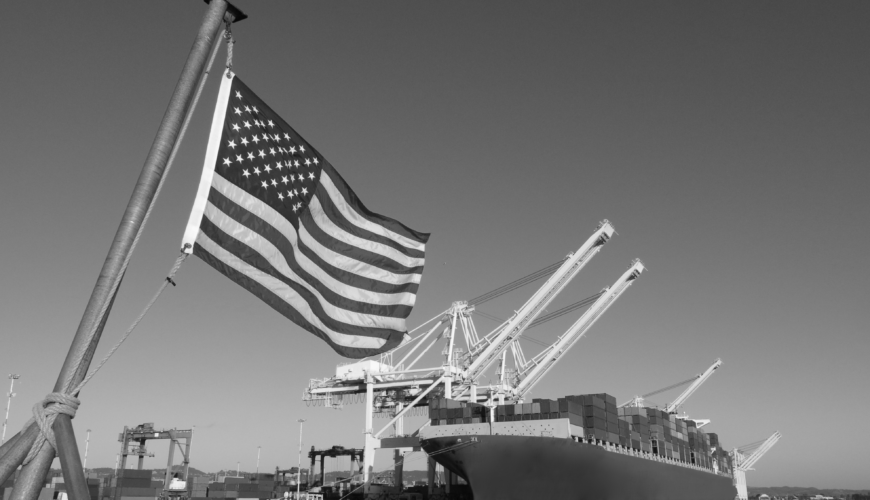The spotlight is on the supply chain post pandemic. The pandemic changed many things about supply chain management, some for the better, and some for the worse. Without question, one of the better results is the fact that supply chain management is now on the radar of the c-suite, the public in general, and also the Federal Government.
The Supply Chain Post Pandemic: What’s on the Radar?
In a nod to just how much the profile of supply chain management has risen over the last four years, the White House recently announced it is creating a cabinet-level supply chain council. Named the “Council on Supply Chain Resilience,” the group will bring together more than a dozen top federal officials involved in industrial policy. Co-chairs will be the national security advisor and the national economic advisor.
The newly established council is one of 30 actions the White House announced to help strengthen the supply chain. Other steps include using the Defense Production Act to help mitigate the recent string of drug shortages across the country. Under the umbrella of Health and Human Services, a new supply chain resilience and shortage coordinator will spearhead these efforts, complemented by the department of defense, which is soon releasing a report on reducing reliance on high-risk foreign drug suppliers. American pharmaceutical companies will want to keep an eye on the results of the report in anticipation of changes to their current supply chain.
Another action at the federal level is a new Supply Chain Center under the Department of Commerce. Here the first steps will be improving supply chain data sharing capabilities. By fostering partnerships among government, industry and academia, the target will be addressing vulnerabilities along the supply chain when it comes to the supply of critical drugs, among other items. The DOT is working alongside these efforts and recently began using new data to inform logistics decision making in an effort to shorten lead times and loosen bottlenecks identified through recent data capture.
The Department of Transportation (DOT) is also launching a multimodal freight office. It will be tasked with supporting national supply chains through a variety of actions. Focuses will include a continued effort to support U.S. ports, as well as focus on ground transportation.
While all of the actions sound promising—and any additional funding for supply chain post pandemic resilience can be viewed as positive—it does face barriers. Some of the key elements will require legislation and in a divided Congress, that could prove difficult. Past related legislation demonstrates this point. For instance, efforts to reshore semiconductor production via the CHIPS Act has stalled while the House and Senate hammer out differences over it.
Still, as supply chain management rises in prominence within the U.S. economy, the potential for more government support to create truly resilient supply chains is worthy of attention. Expect the future to include more private/public partnerships as the nation and the world recognize the value in building robust supply chains. No one wants to see a repeat of pandemic shortages, and an all-hands-on-deck approach might just be the way to avoid it.


